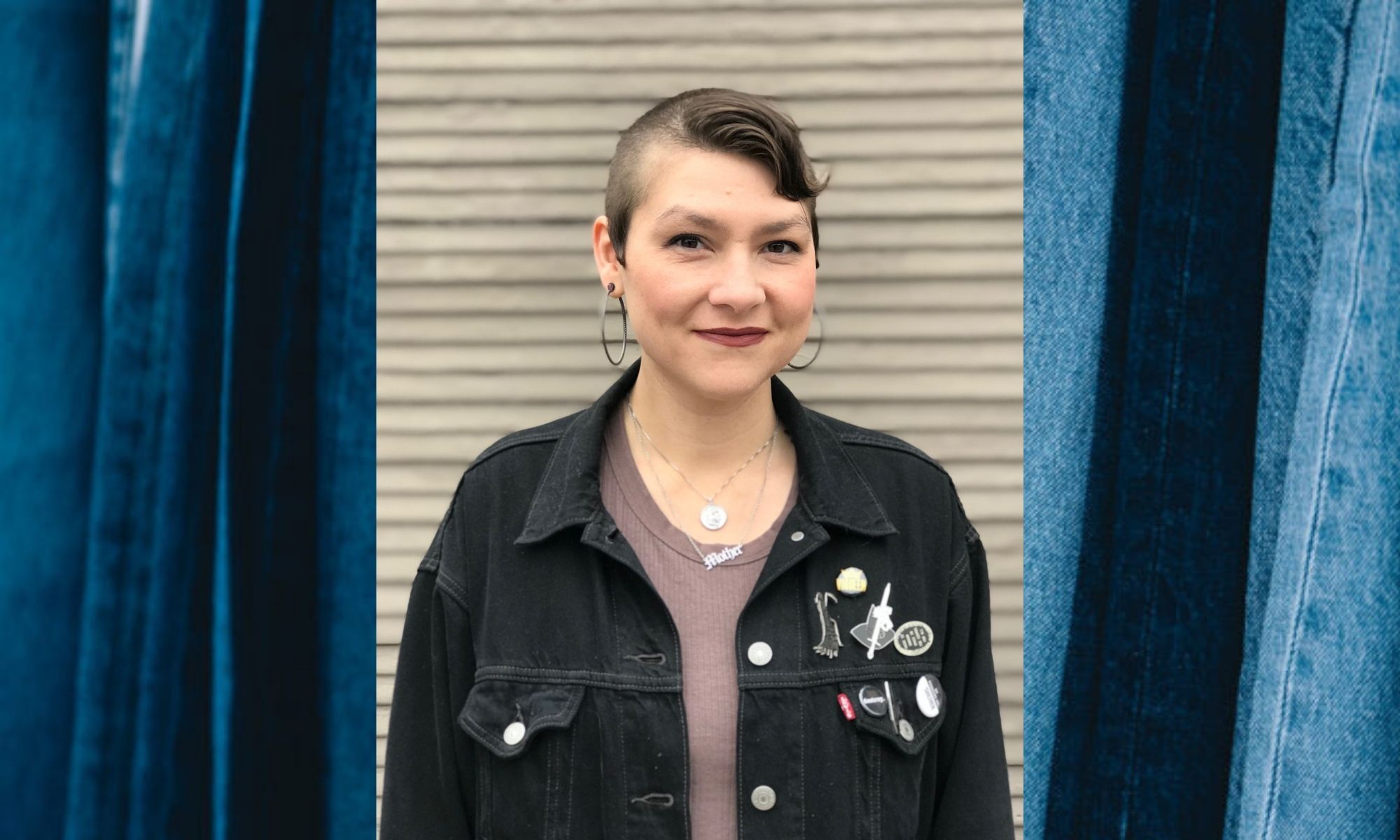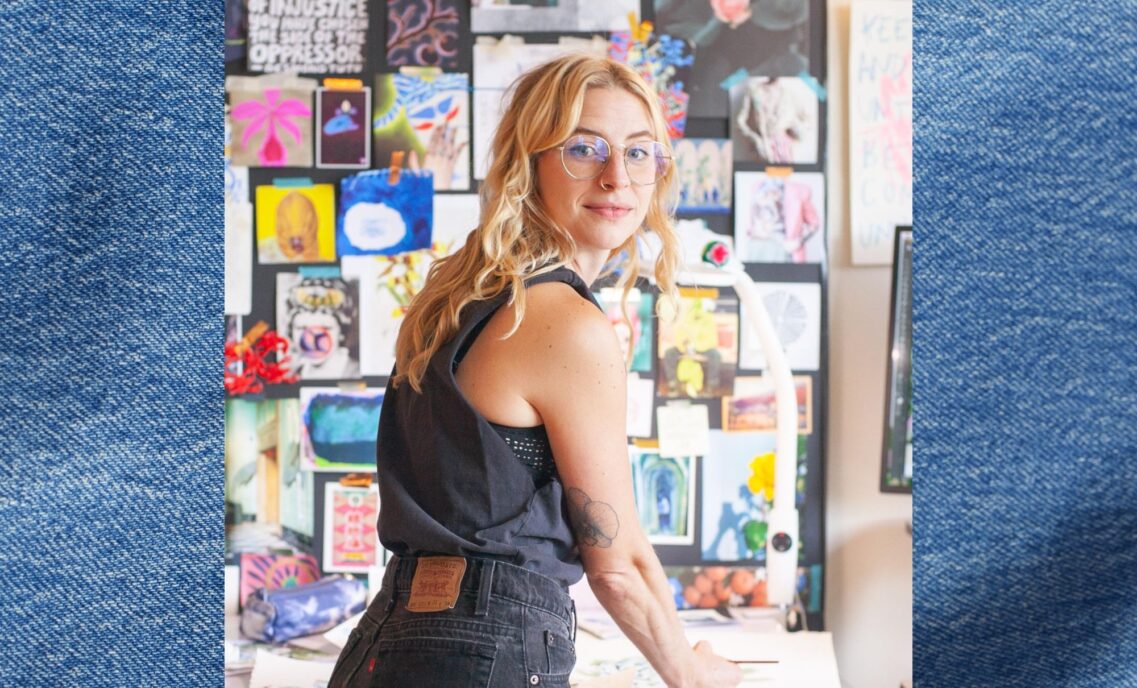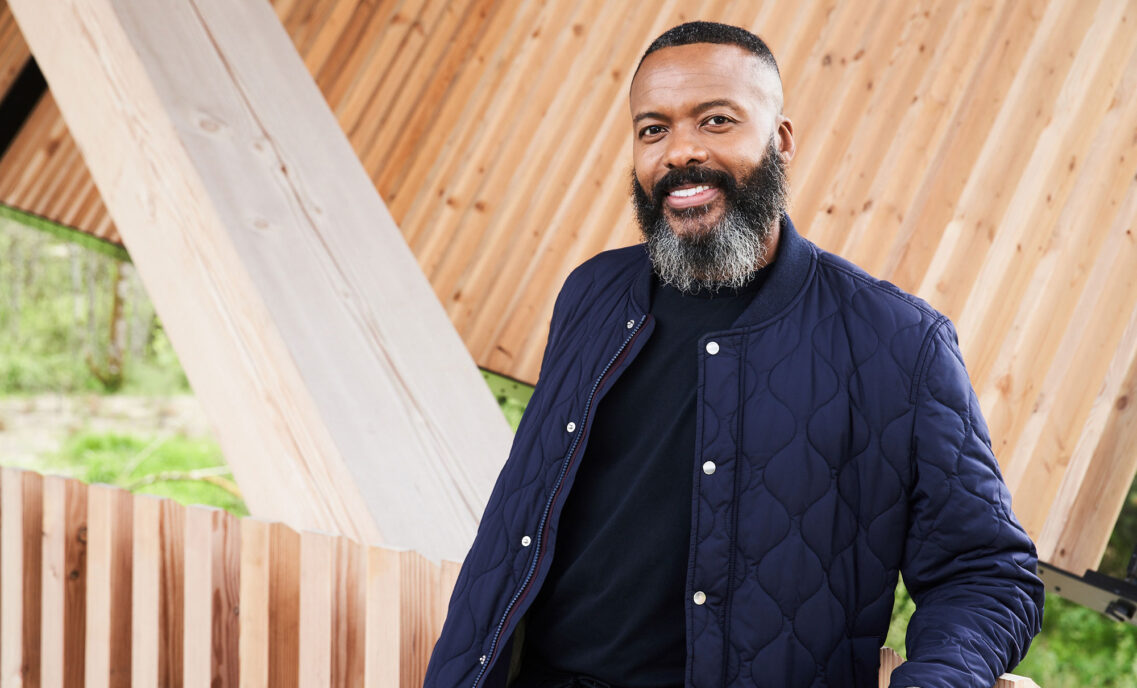Here at LS&Co., we want to encourage and empower our employees to take the steps they need to protect their mental health by providing them with mental and emotional well-being resources and benefits. We believe that taking care of yourself and your mental well-being is one of the most important things you can do — not just as an employee, but more importantly, as a person.
May is Mental Health Awareness Month, and we’re honored to share the following first-person account from Marisela Ginestra, a designer for women’s bottoms and Truckers. Here, she shares her experience masking her ADHD and the toll it took on her mental health and job performance.
As a woman with ADHD, I am used to existing in two worlds — one world holds my successes and the other holds the mental cost of it. Throughout my life, from elementary education to fashion school to my role at Levi’s®, the only way I was succeeding was through extreme perfectionism, over-scheduling, over-regulating and masking my ADHD. Over-producing ended up damaging my mental and physical health in ways that I’m still recovering from.
As a mother of two small kids, this pandemic has been nearly impossible. My daughter’s daycare shut down, my husband was furloughed, I gave birth to my son, I had to protect my kids from the invisible COVID intruder and childcare was inaccessible. My son started showing signs of respiratory issues resulting in monthly ER visits, a 911 call that brought paramedics to my house, a pediatric ICU overnight stay and health scares of my own. Now, he’s almost two years old and is doing great!
During all of this, I was trying to maintain the appearance at work that I was handling it. I was pretending that I was able to have a toddler and a baby at home and still be my trademark positive, can-do, go-getter, creative self, and I started feeling my grasp on my job slipping away. Compounded by less access to in-person collaboration with my colleagues and product, I began to feel disconnected and isolated. I lost the brain space to be a creative, forward, problem-solving thinker. My design job at Levi’s® had been the best design job I had ever had, but I knew that I wasn’t performing to my fullest potential anymore.
The wall between the two worlds I had kept separate for so long began to crumble. I had lived my life hiding my learning inadequacies while working harder to succeed, but my coping mechanisms were spent, and I was too tired to mask it anymore.
The anxiety turned into depression as my worst fear became a reality and I received feedback that I wasn’t performing at the necessary level. Rejection sensitivity dysphoria was a daily constant, I wasn’t sleeping thanks to insomnia and extremely vivid anxiety dreams, my imposter syndrome felt more valid than ever, and panic attacks were triggered by daily work needs. The result was the deepest depression of my life that turned into dissociative episodes that lasted for days. I felt outside of my body and detached from reality, and I was non-verbal for days at a time, even at home. I was a shell of myself, and my brain was broken.
Then, I realized that the feedback I received on my performance read like an ADHD symptoms list.
- My attitude was inconsistent = Emotional Dysregulation
Folks with ADHD have a hard time filtering emotion because our brain moves so quickly. When we feel emotions, they are intense and unrelenting, and it takes a long time to come down from our emotions. My emotional regulation is a huge part of my ADHD masking, and the ability to keep it in check disappeared when I didn’t have any extra energy. - I wasn’t going beyond the task = Non-Linear Thinking
The ADHD brain lives in a world where all parts of an experience are connected — there is no clear beginning, middle and end. To not get overwhelmed, we tend to focus on what is right in front of us rather than what is beyond. To combat this, I study processes and build road maps and detailed calendars to tell myself what’s next. - I wasn’t good with change = Reliance on External Guardrails
Because our brains are so open ended, I can be thrown by walking into new situations without the time to prepare. My lack of working memory makes routine tasks feel like the first time. I’ve combated this with hyper-scheduling, process maps, spreadsheets and databases to provide repetition and guardrails. If the requirements or process change, it takes a lot of work to rebuild my guardrails, leading to panic and confusion that detracts from the task at hand.
After receiving this feedback and understanding its association with my ADHD, I decided to disclose my diagnosis at work and began to fix things. There was no hiding or separating my success from its costs anymore. My entire life I have been trying to contort myself to the neurotypical world, and I’ve been succeeding, but at a great cost to myself. Now, I’m choosing to live in a way that puts my needs at the center and gets me the help I need.
Most recently, I transitioned into a brand-new role at the company, joining the Women’s Denim Core Finishing Team. It has allowed me to focus and streamline the creative process while still getting to have fun and create the product that I’m so in love with.
With this chance to start anew, I decided to disclose my diagnosis right away to my new manager and outline how my brain works, how they can support me and what I’m doing in the background to get myself through. I’m building my tools, putting up my guardrails and seeing the entire process with clearer eyes.
I never thought I’d say this, but I’m thankful my worlds have collided. I have more space to handle whatever situation this pandemic throws at me, and things are starting to right themselves. My mental health journey is not over, but I hope sharing this will make someone else feel seen or validated.
So, here’s to the ADHDers, the moms, those of us that were raised being told mental wellness wasn’t real, the folks that have been at their lowest lows the past two years and those that are starting to see the light. You can do it. Even if you don’t believe in yourself right now, I believe in you.







